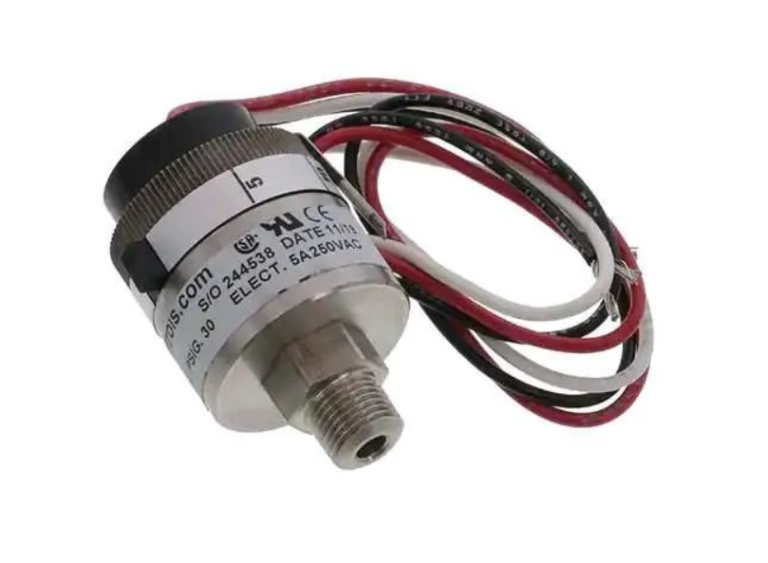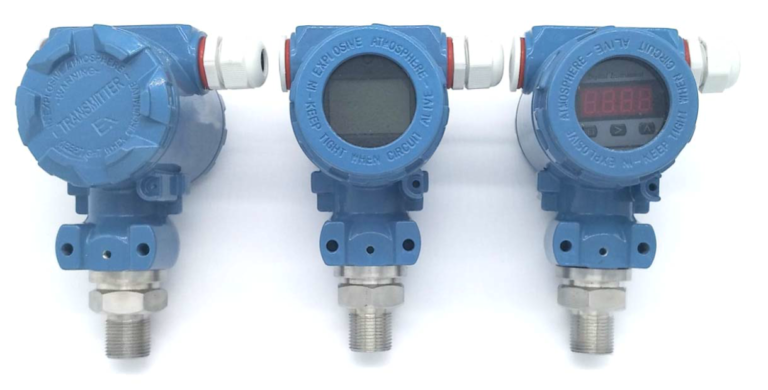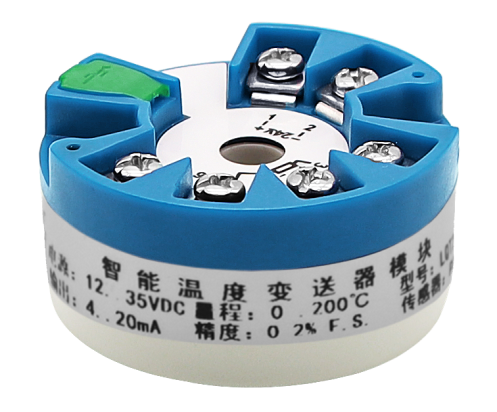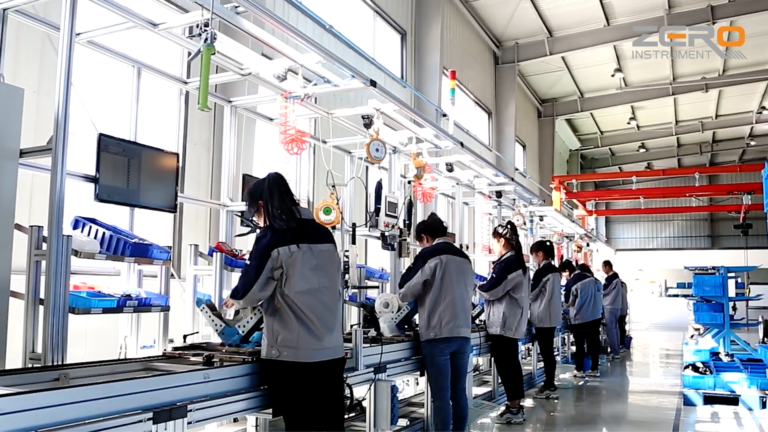In compressed air systems, pressure sensors and temperature sensors play a vital role. They can monitor the operating status of the system in real time and provide important data for system control and maintenance. However, in daily use, these sensors may experience various failures, affecting the normal operation of the system.
Therefore, an in-depth understanding of the daily management and common fault handling of pressure sensors and temperature sensors is of great significance to ensure the stable operation of the system.

1. Daily management
1. Regular inspection
It is very necessary to check the pressure sensor and temperature sensor regularly. The inspection content should include the appearance, wiring, signal output, etc. of the sensor.
For a visual inspection, make sure there is no visible damage, corrosion or dirt on the sensor. For wiring inspection, make sure the wiring is secure and not loose or broken. For signal output inspection, it should be ensured that the output signal of the sensor is stable and accurate.
2. Cleaning and maintenance
The cleanliness of the sensor surface directly affects its measurement accuracy. Therefore, the sensor should be cleaned and maintained regularly. Use a lint-free cloth or special detergent when cleaning, and avoid using corrosive chemicals.
For the inside of the sensor, dust removal, descaling and other operations should be carried out regularly to ensure its normal operation.

3. Calibration and maintenance
Calibration and maintenance of sensors are important measures to ensure their measurement accuracy. Regular calibration and maintenance should be performed according to the sensor’s instruction manual.
During calibration, standard measuring instruments should be used for comparison to ensure that the output signal of the sensor is accurate. During maintenance, the working status of the sensor should be checked and damaged parts should be replaced in time.
4. Recording and analysis
For the daily management of sensors, a complete recording and analysis system should be established. Record the sensor’s installation location, model, specifications, service life and other information. Record and analyze the operating status and measurement data of sensors in real time. By analyzing this data, potential problems can be discovered and timely measures can be taken to resolve them.
2. Common troubleshooting
1. The sensor has no signal output
When the sensor has no signal output, you should first check whether the sensor’s power supply is working properly. If the power supply is normal, check whether the sensor wiring is loose or broken. If the wiring is normal, check whether there is a short circuit or open circuit in the sensor’s signal output line.
If the circuit is normal, you should consider whether the sensor itself is faulty, such as internal circuit damage or aging components. At this time, the sensor should be replaced or sent for repair.

2. The sensor output signal is unstable
When the sensor output signal is unstable, you should check whether the sensor’s working environment is stable. If parameters such as working environment temperature and humidity fluctuate greatly, the measurement accuracy of the sensor may be affected. The working environment conditions should be improved at this time.
At the same time, check whether the sensor wiring is loose or has poor contact. If the wiring is normal, you should consider whether the sensor itself is faulty, such as internal circuit damage or aging components. At this time, the sensor should be replaced or sent for repair.
3. Sensor measurement error is large
When the sensor measurement error is large, the calibration of the sensor should be checked first. If the sensor is not calibrated regularly or is improperly calibrated, measurement errors may increase. At this time, the calibration operation should be performed again.
At the same time, check whether the working environment and installation location of the sensor are reasonable. If parameters such as working environment temperature and humidity fluctuate greatly or the installation location is unreasonable, the measurement accuracy of the sensor may be affected. At this time, the working environment conditions should be improved or the installation location should be adjusted. If the above measures still cannot solve the problem, you should consider replacing the sensor or sending it for repair.

4. Sensor response time is slow
When the sensor response time is slow, you should check whether the sensor’s working environment and installation location are reasonable. If parameters such as working environment temperature and humidity fluctuate greatly or the installation location is unreasonable, the response speed of the sensor may be affected. At this time, the working environment conditions should be improved or the installation location should be adjusted.
At the same time, check whether the sensor wiring is loose or has poor contact. If the wiring is normal, you should consider whether the sensor itself is faulty, such as internal circuit damage or aging components. At this time, the sensor should be replaced or sent for repair.

In short, it is very important to perform daily management and common troubleshooting of pressure sensors and temperature sensors in compressed air systems.
Through regular inspection, cleaning, maintenance, calibration and maintenance, etc., the normal operation and measurement accuracy of the sensor can be ensured. At the same time, any faults that occur should be dealt with promptly to avoid affecting the normal operation of the system.
In the future development, with the continuous advancement of technology and the continuous improvement of application requirements, the performance of the sensor will be further improved, providing a more reliable guarantee for the stable operation of the compressed air system.
